Acceptance rates: one of the first harsh realities high school students have to face when applying to their dream schools.
Falling acceptance rates are a trend at colleges across the country — not just at highly selective Ivy League schools. The University of Tennessee Knoxville’s acceptance rate dropped from 74.9% to 34% between the 2021 and the 2024 fall application cycles.
Notoriously low — and continuing to decrease — at some of the country’s most prestigious schools (3.85% at Columbia, 3.7 at Yale, and 3.59 at Harvard), acceptance rates are disheartening for many college hopefuls.
College acceptance rates show the percentage of applicants who were admitted to a school within the last year. The lower its acceptance rate, the more selective a school is judged to be. Acceptance rates range from very low at prestigious schools to very high at less prestigious ones.
Low acceptance rates can add stress and self-doubt to an already complicated process. Students not only have to craft essays and applications, but they also have to wonder whether their hard work will pay off with an acceptance.
Senior Helen Dunlap is familiar with the discouraging effect that low acceptance rates can have on potential applicants.
“I feel like acceptance rates really influenced my decision,” she said. “I was looking at [the University of] Michigan… and I almost don’t want to apply anymore because the acceptance rate is only 18%… I don’t even want to waste my time trying to fill out an application for a school that I don’t think I can get into.”
Junior Caroline Shatley has faced similar worries.
“The lower the acceptance rate, the more scary or intimidating the college seems, and [the] less likely for me to apply,” she said. “I’m trying to not let it affect me as much.”
What many college applicants do not realize is that there are a myriad of ways in which acceptance rates can be misleading.
For instance, acceptance rates can exaggerate competition.
In Jeff Selingo’s book “Who Gets In and Why: A Year Inside College Admissions,” he points to students applying to an increasing number of schools as one cause of falling acceptance rates.
“Teenagers aiming for selective colleges are hedging their bets and applying to more schools than usual,” he wrote.
The average number of schools applied to by an individual student went up from 5.66 colleges to 5.74 colleges between the 2023 and 2024 application cycles. Many people are applying to a multitude of schools to try their luck and expand their options.
With an increased number of applicants — and stagnant class sizes — acceptance rates are declining across the board.
The Common App contributes to this effect by streamlining the college application process, providing a convenient way to apply to college online with the click of a button. The easier it is to apply, the more people will do it.
It is an effect the colleges are counting on.
According to Director of College Counseling Beverly Brooks, who worked as an Assistant Director of Admission at Rhodes College for three years, some colleges actively seek lower acceptance rates to improve their image.
“It’s all about marketing…[colleges are] trying to appear more selective,” she said. “Schools will say, ‘We received 60,000 applications,’ [but] that does not mean that they read 60,000 applications.”
In fact, Brooks said that many of the applications some colleges receive are incomplete or are special “fast-track” applications specifically designed to increase their number of applicants. Some colleges are reaching out and offering direct admission to students they know they would admit in order to expand their applicant pool.
Another reason to be skeptical of low acceptance rates is that they are not tailored to the individual.
Associate Director of Admissions at St. Lawrence University Laurel Brooks (Beverly Brooks’s sister) pointed out that acceptance rates do not account for the unique traits that might help (or hurt) someone’s chances of admission.
“Each student’s chance of being admitted to a particular college may be influenced by a range of factors aside from academic performance,” she wrote in an email.
Depending on the college, admissions officers may or may not consider several factors besides grades and scores on standardized tests. She pointed to a number of considerations, including legacy status, recruited athlete status, application type (early decision, early action or regular decision), intended major, geography, whether a student is in-state or out-of-state, demonstrated interest and financial need.
To better estimate their own chances of acceptance, Beverly Brooks said St. Mary’s students should use the scatter-gram in Scoir. The scatter-gram is a tool that uses a student’s weighted GPA, SAT score and ACT score to estimate their likelihood of admission. It also shows how they compare to other St. Mary’s students from previous classes and whether those students were accepted, waitlisted, deferred or denied admission. The scatter-gram lets students see when they have a better chance of getting into some schools than the average applicant.
“Tulane has a 12% early action acceptance rate. At St. Mary’s it’s closer to 70%. UGA, 20[%]-ish out-of-state acceptance rate. St. Mary’s, more like 75%,” Brooks said. “Being at St. Mary’s gives you a leg up, and the scatter-gram on Scoir can help you see that.”
Some of the factors that determine admission — such as geography — are far beyond an applicant’s control. Therefore, senior Claudia Ribeiro believes that it is not always someone’s ‘fault’ if they do not make it in.
“I feel like [admissions officers] are dismissing [applicants] on a whim,” Ribeiro said. ”I wish [applicants] would understand even though if they apply to somewhere with a low acceptance rate and don’t make it in, it doesn’t make them any less of an applicant.”
According to Beverly Brooks, rather than chasing after schools with low acceptance rates — thinking that makes them “prestigious” — students should look for schools that meet their wants and needs.
“I don’t think there’s any such thing as a good school or a bad school,” she said. “I think there’s a good fit.”
For Laurel Brooks, what you do once you get to college matters more than prestige.
“I firmly believe that the student’s work ethic and motivation, not the selectivity of the school they decide to attend, determine the richness of their college experience and the breadth of opportunities available to them after graduation,” she wrote.
Reflecting this same sentiment, Beverly Brooks cautioned that acceptance rates are not a measure of the quality of education or opportunities available at a school. She emphasized that selective schools do not guarantee success or happiness.
“Whenever we see acceptance rates, we always say to take it with a grain of salt,” she said.


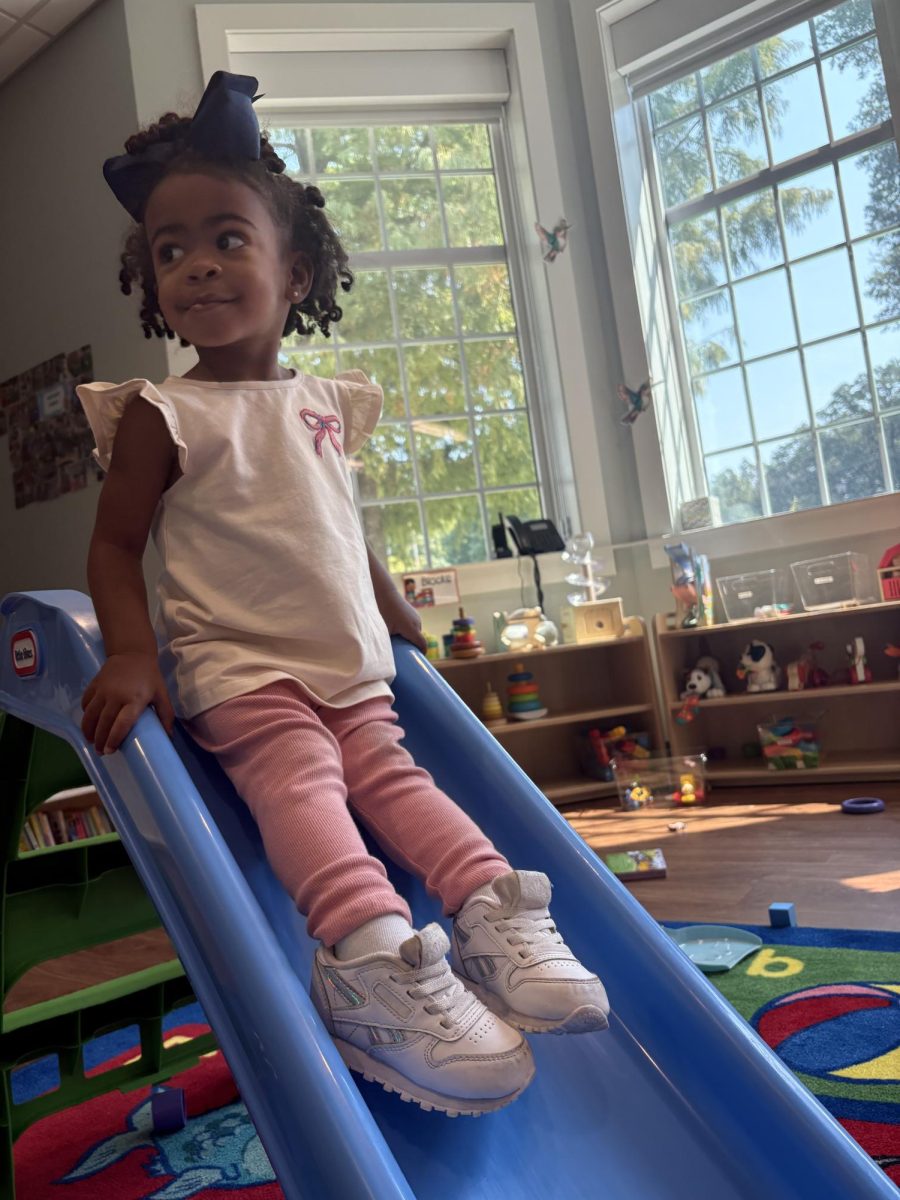


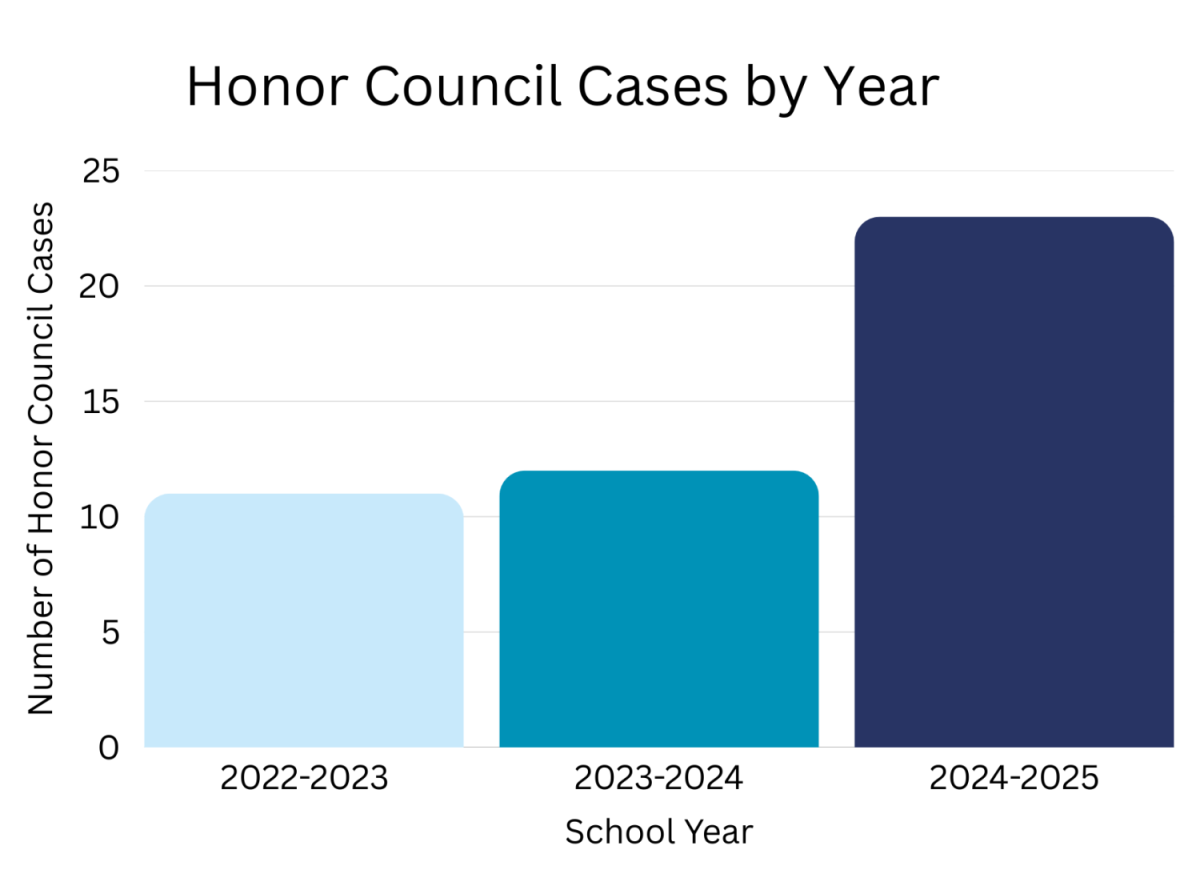



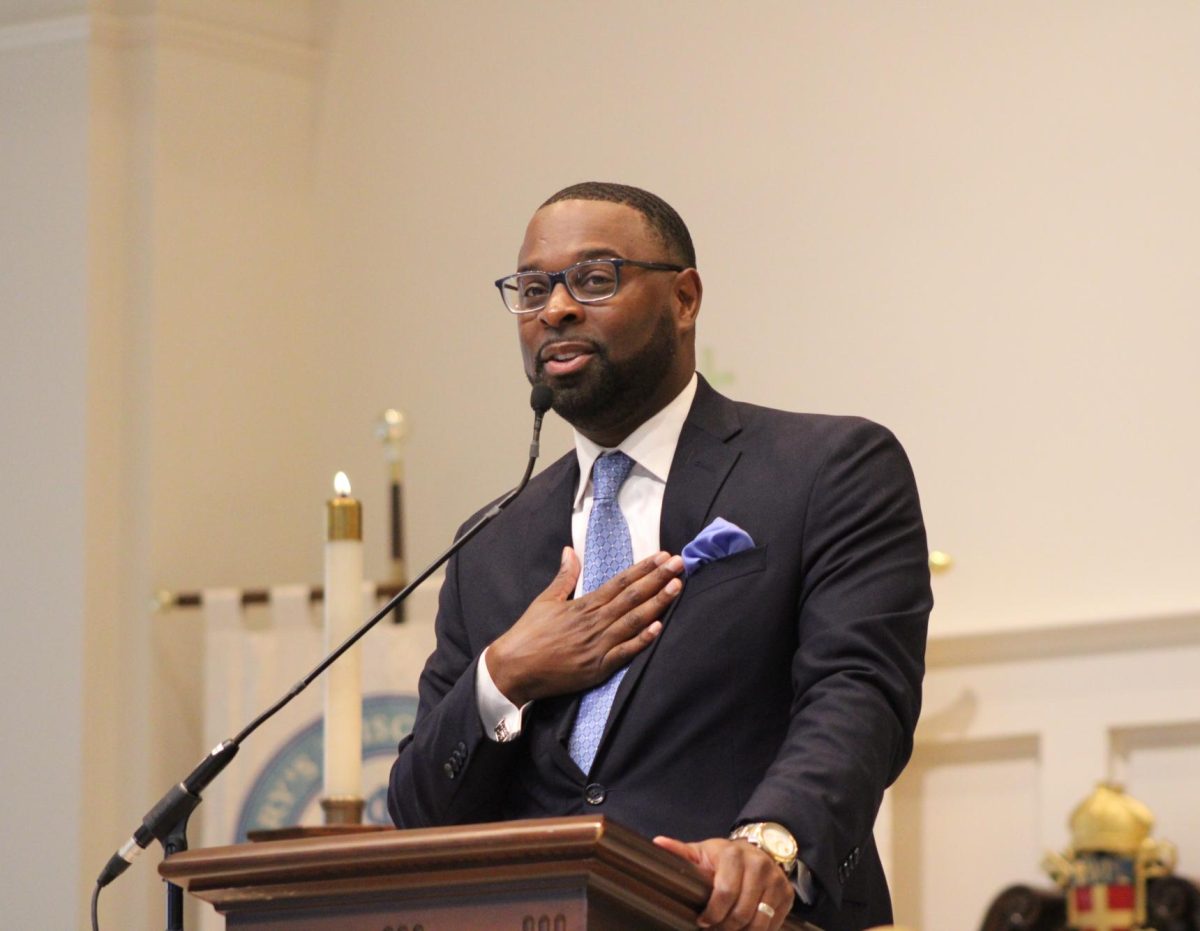
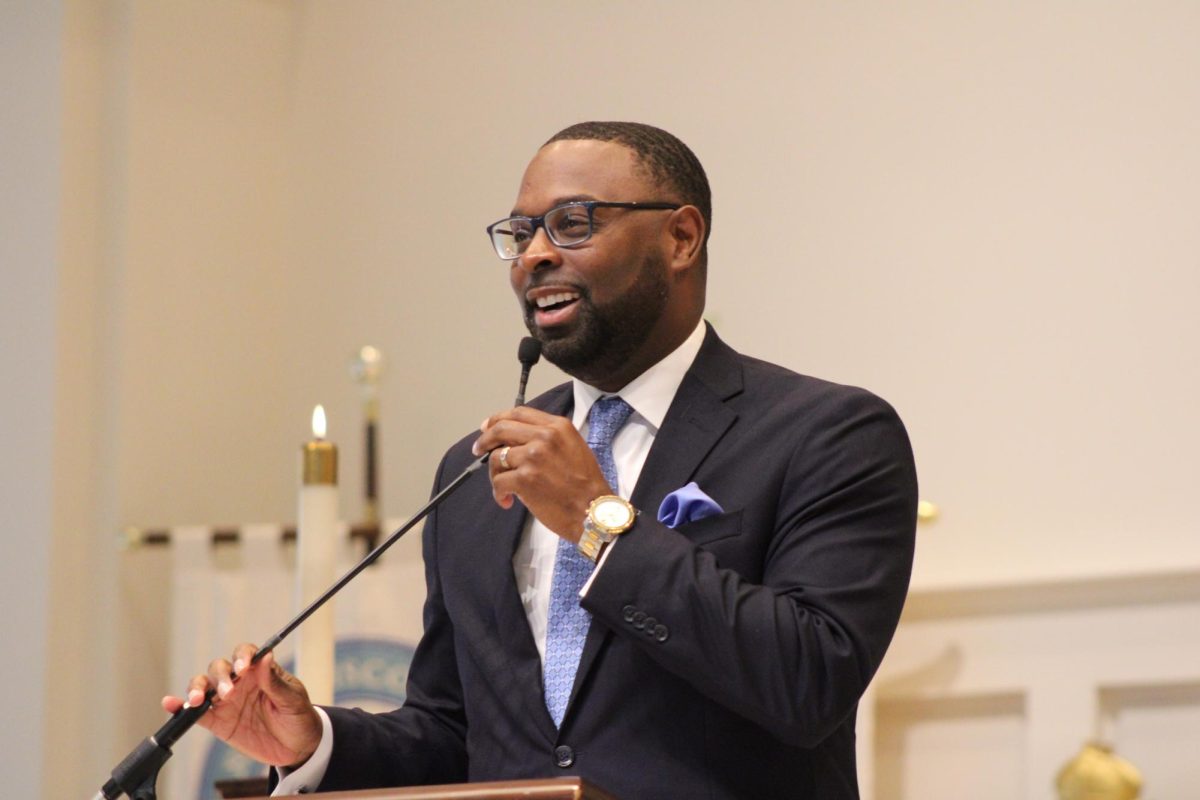
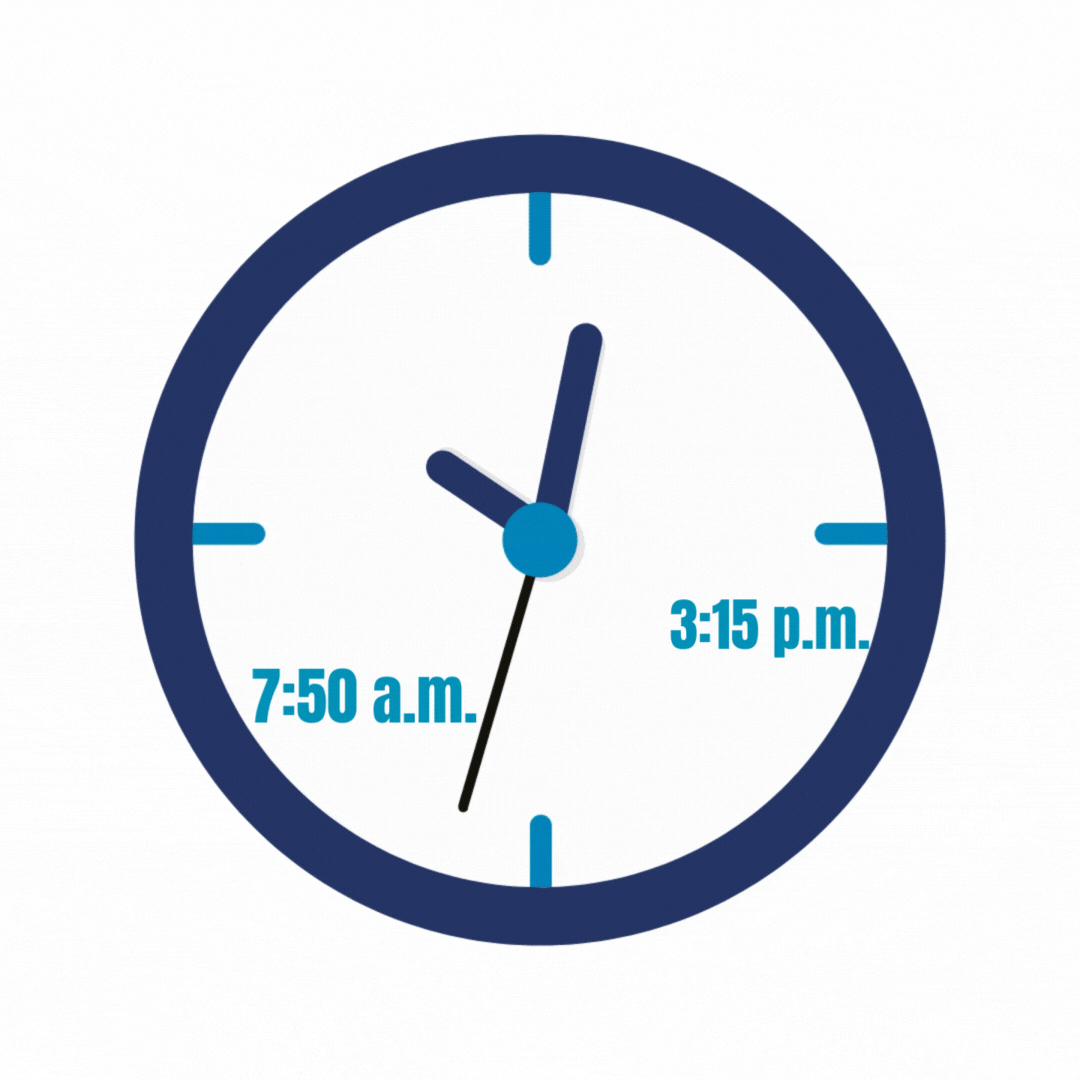



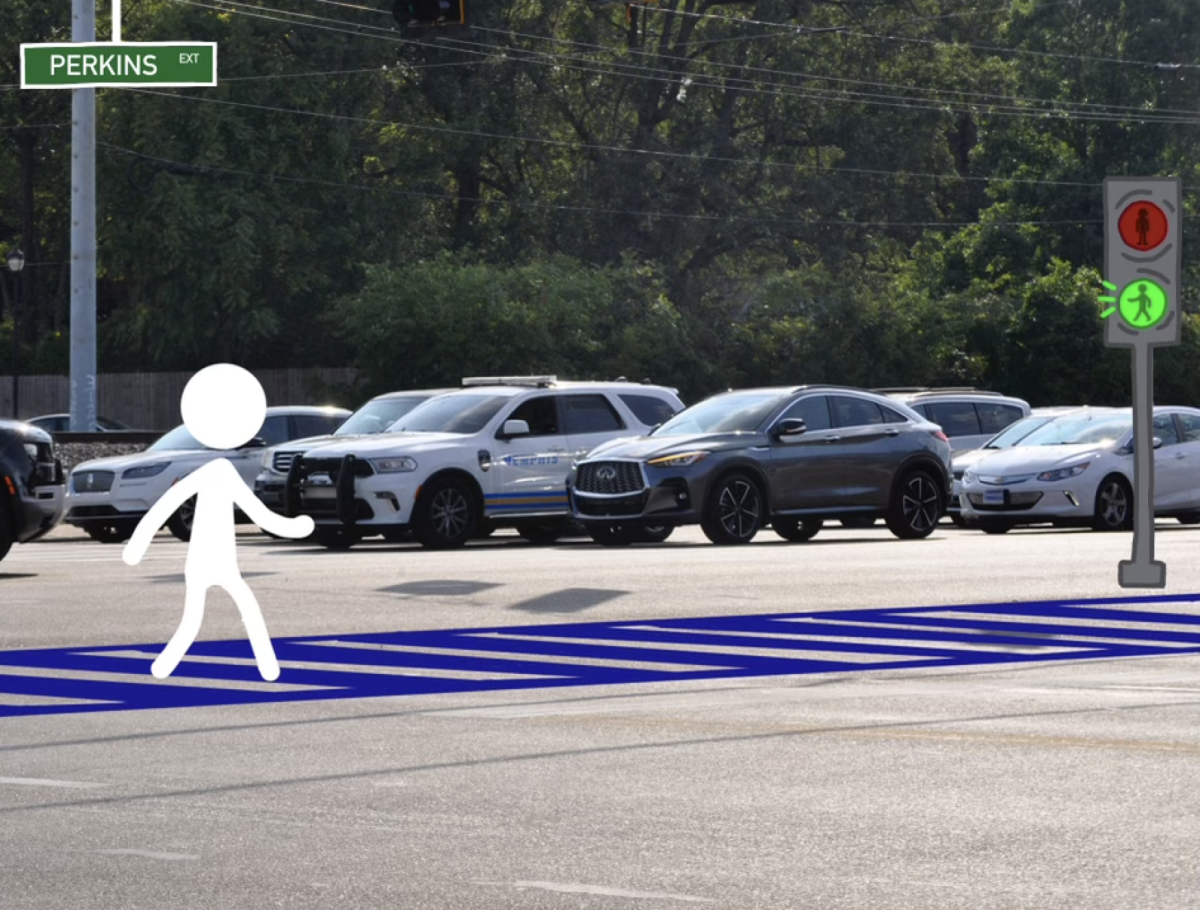
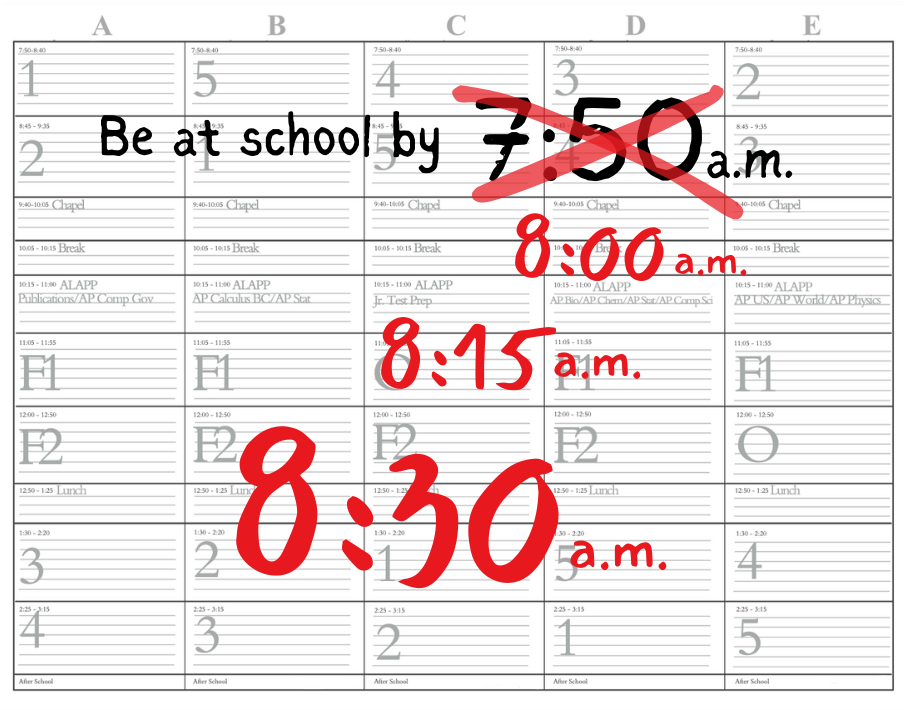







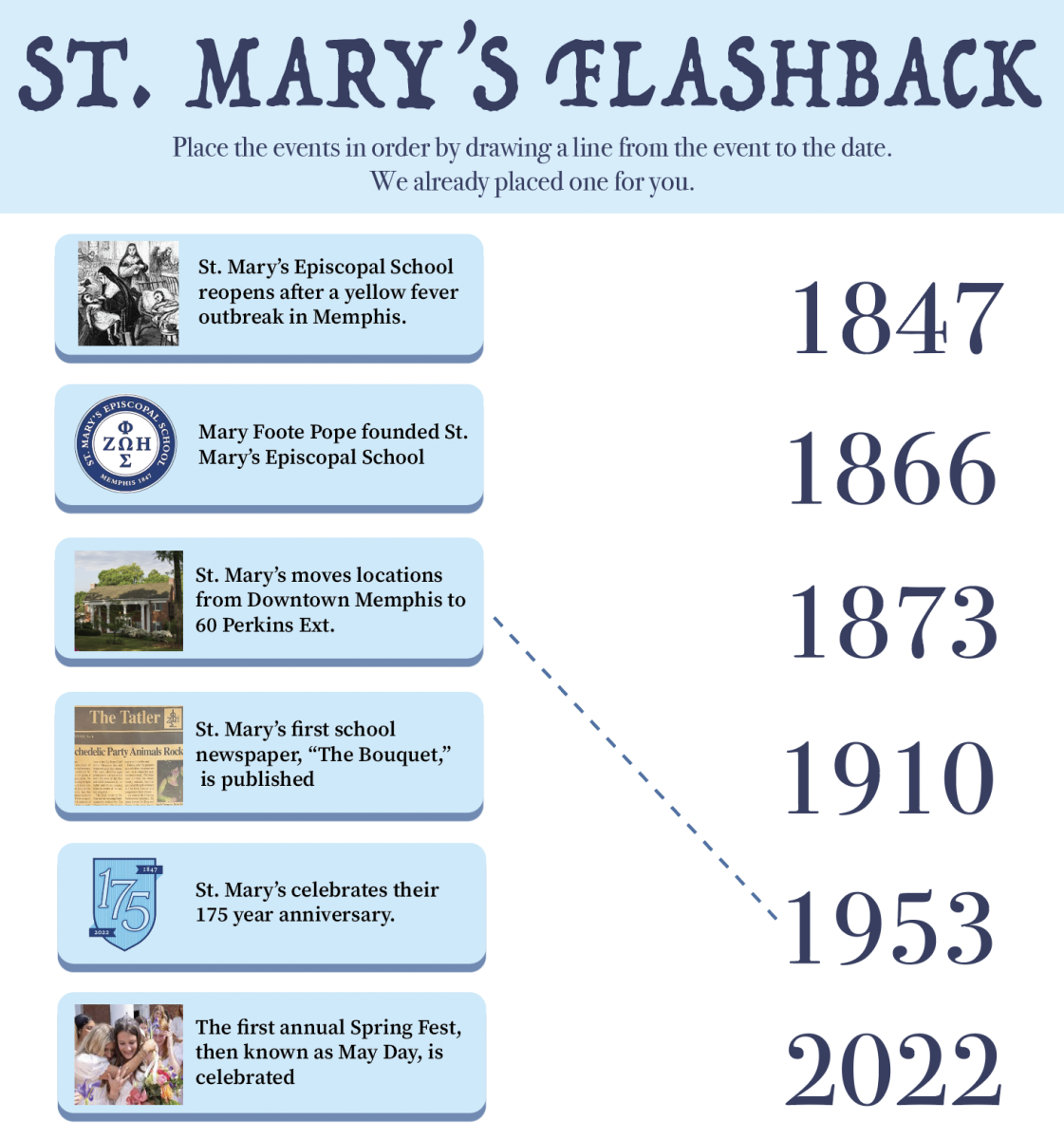
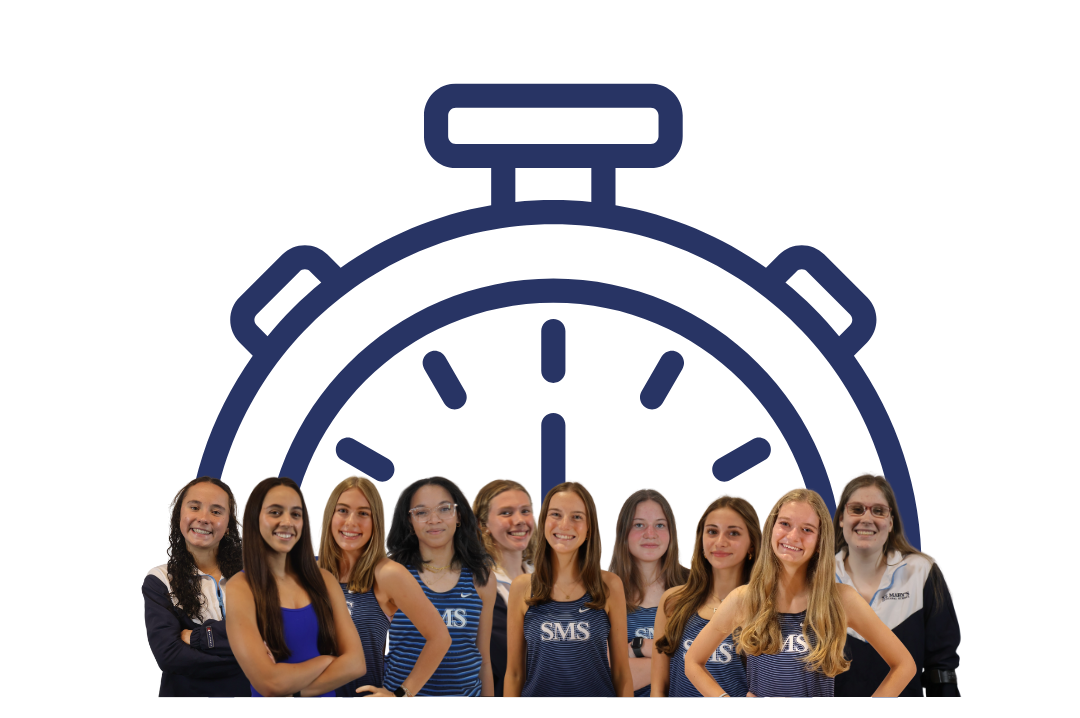
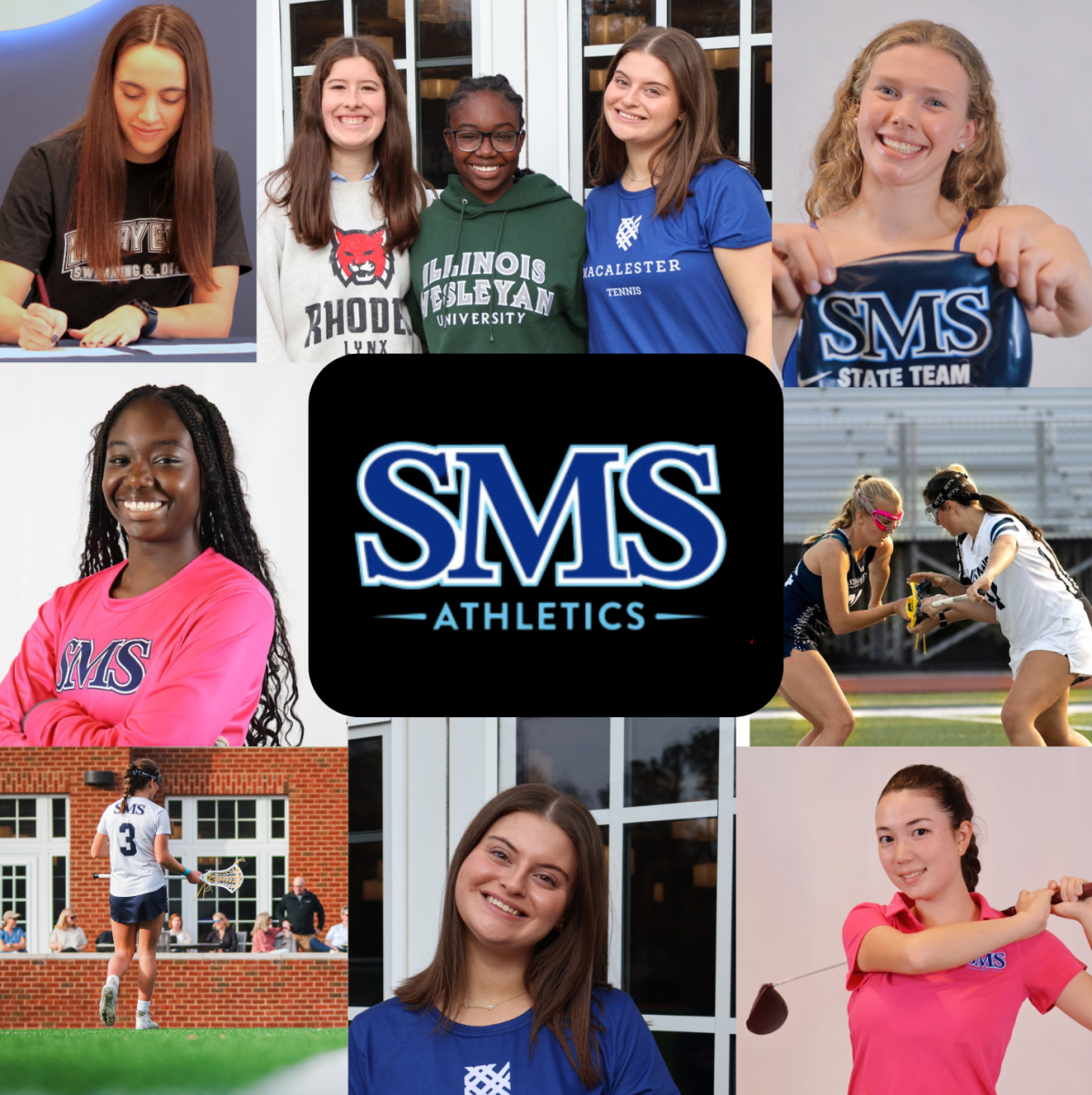
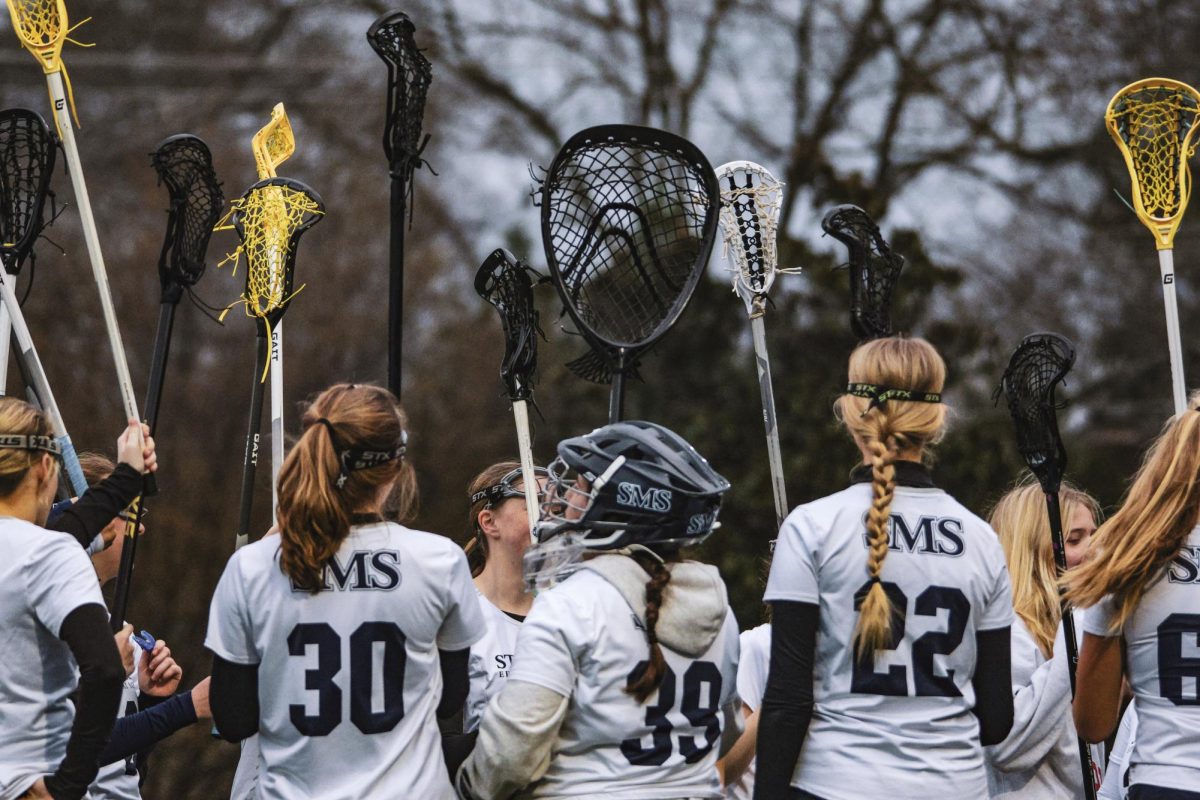
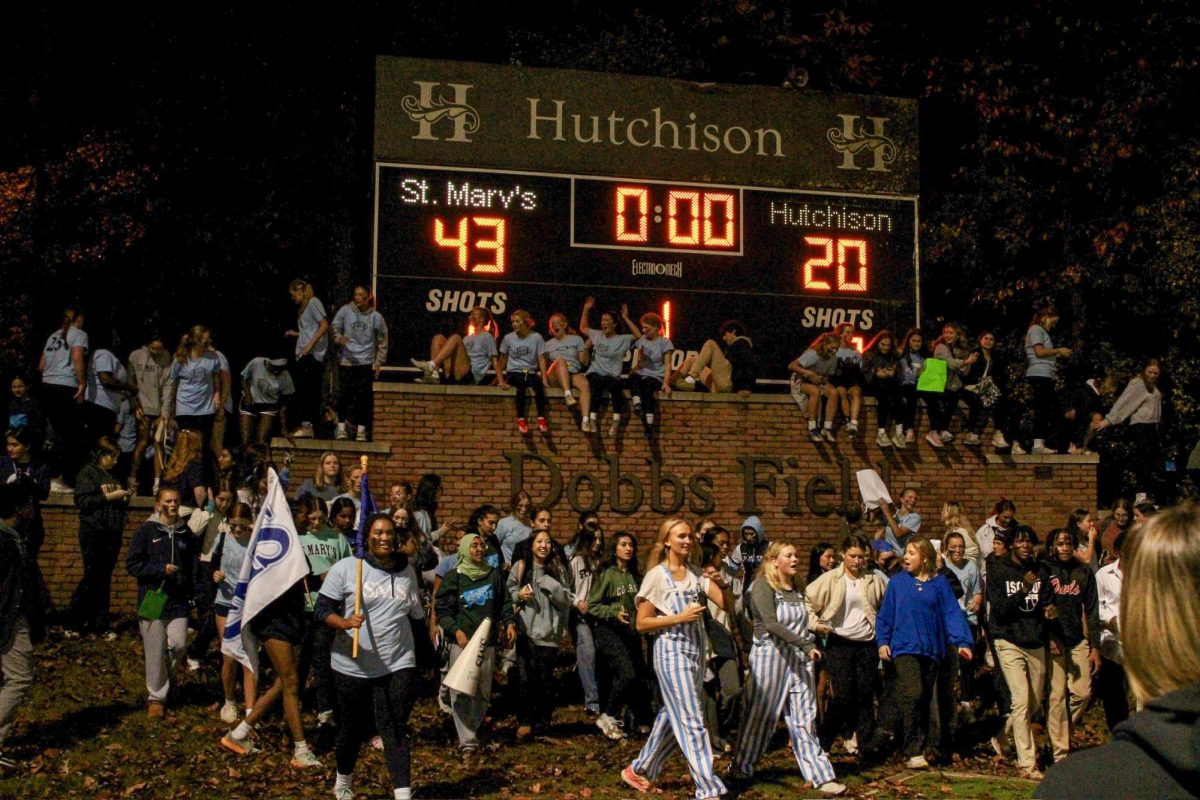
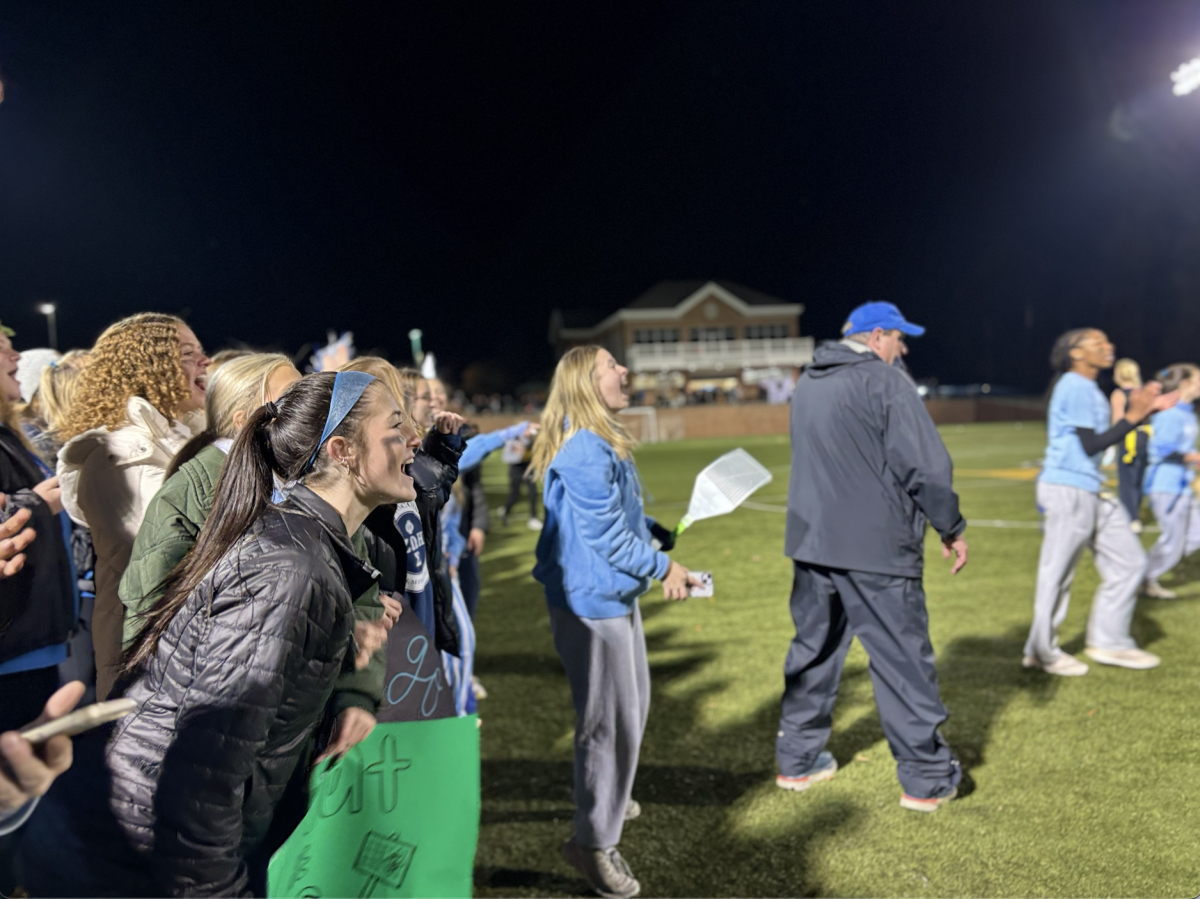

![[GALLERY] Walking in (Downtown) Memphis](https://stmarystatler.org/wp-content/uploads/2024/04/E1DAD3FE-E2CE-486F-8D1D-33D687B1613F_1_105_c.jpeg)
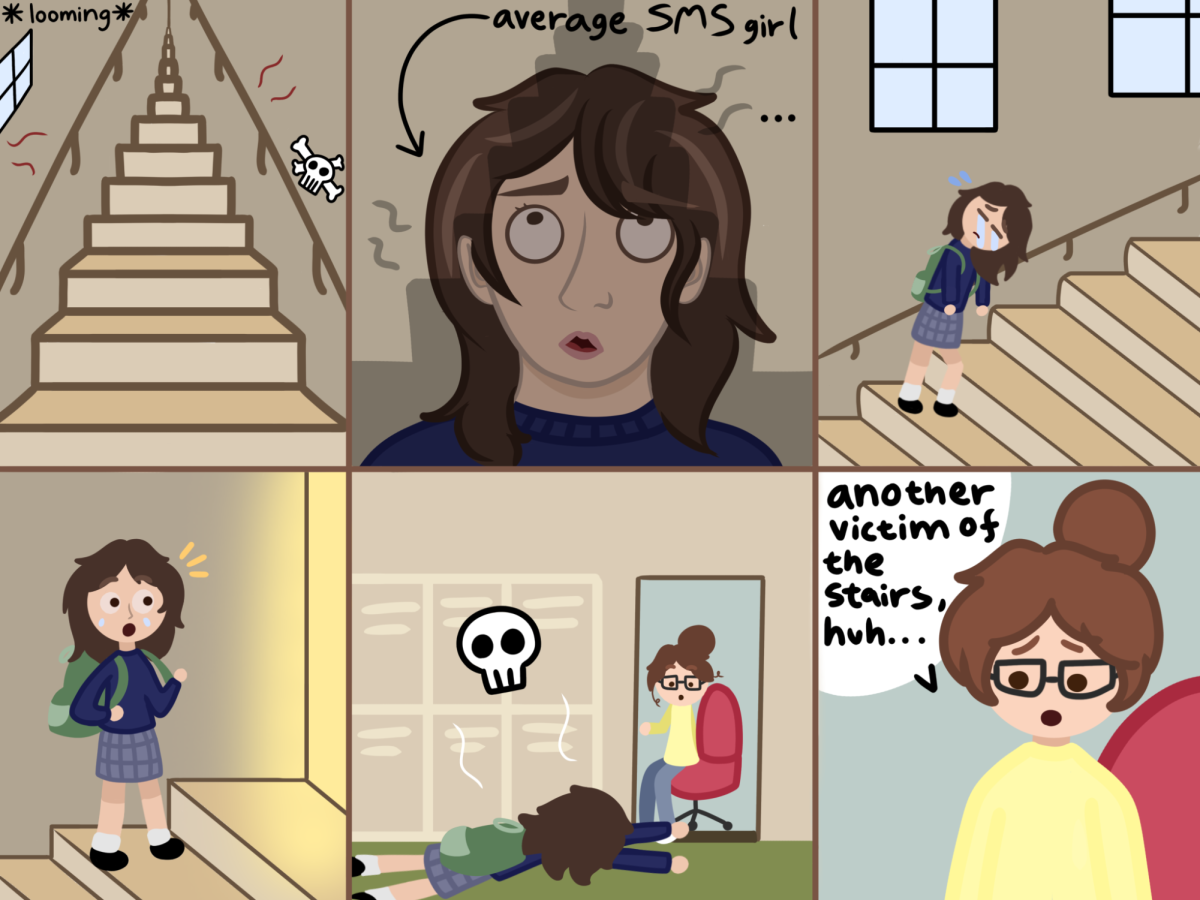








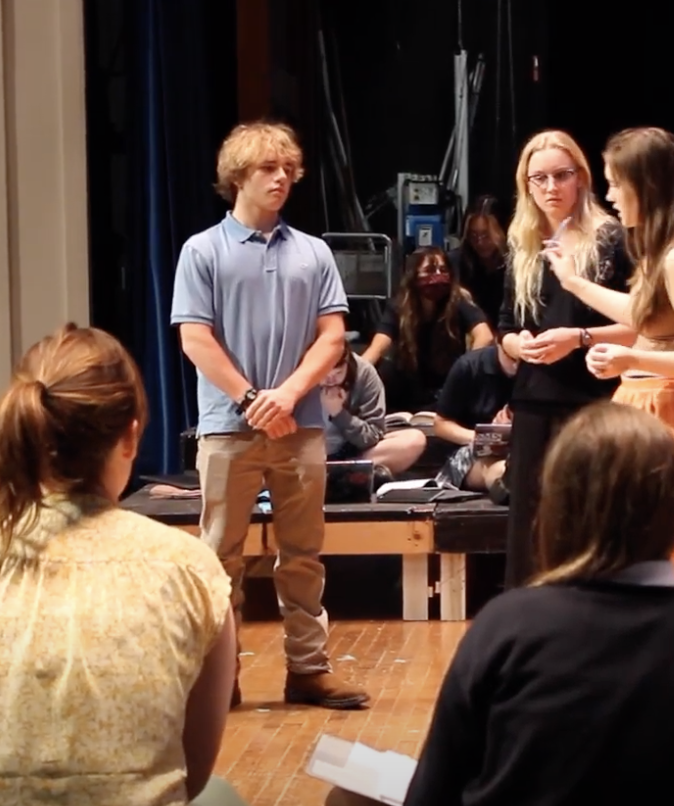
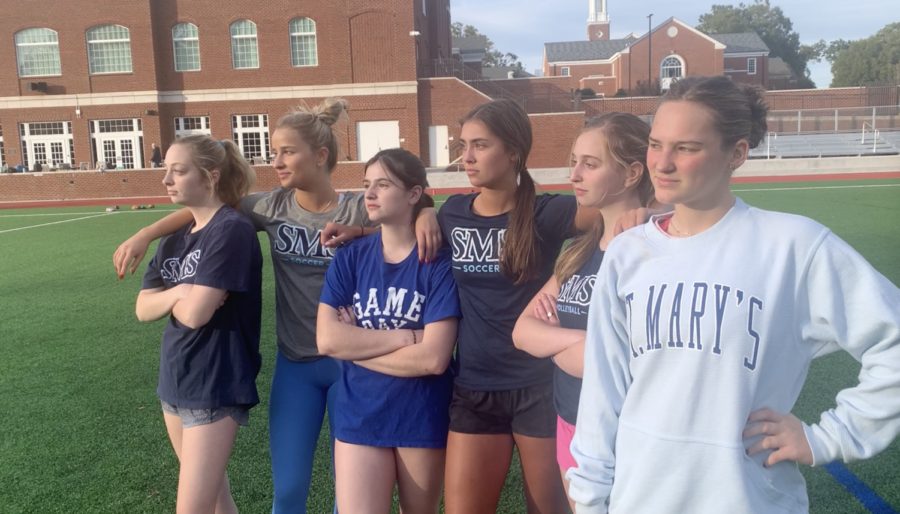
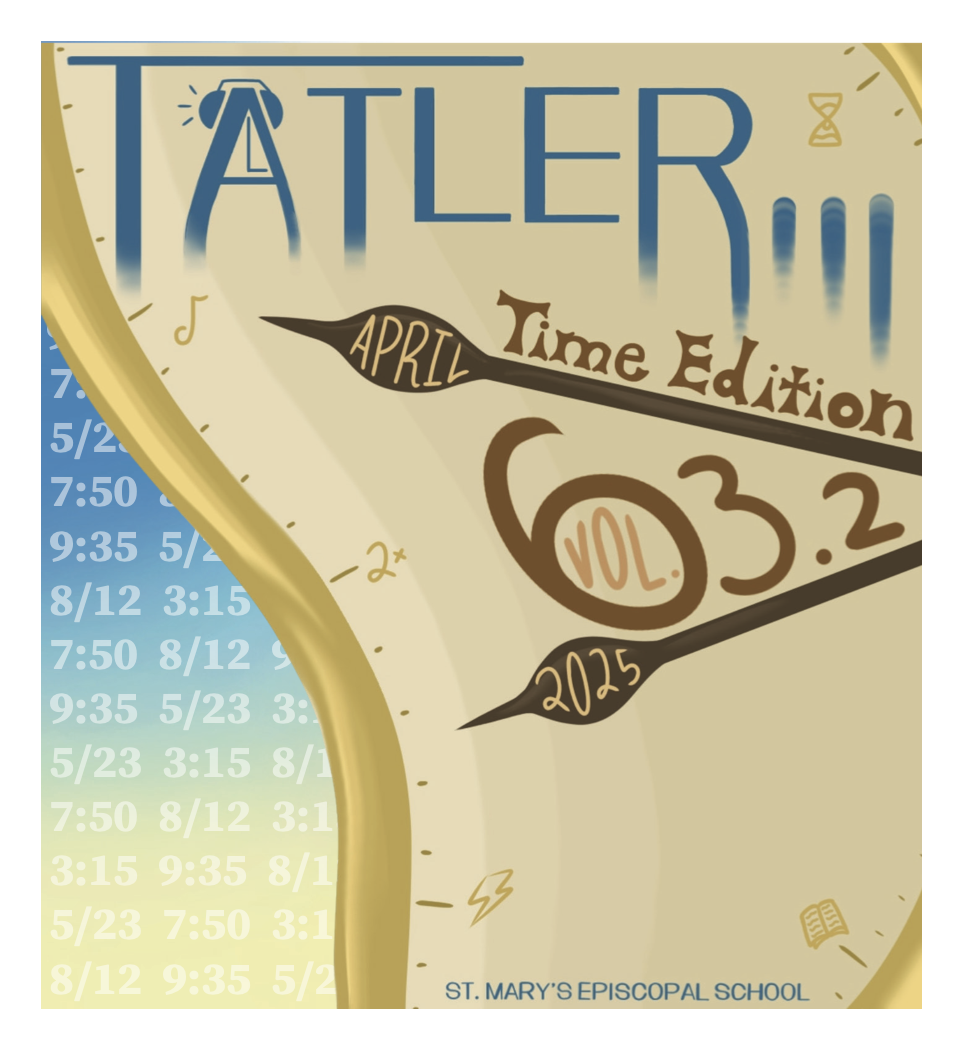





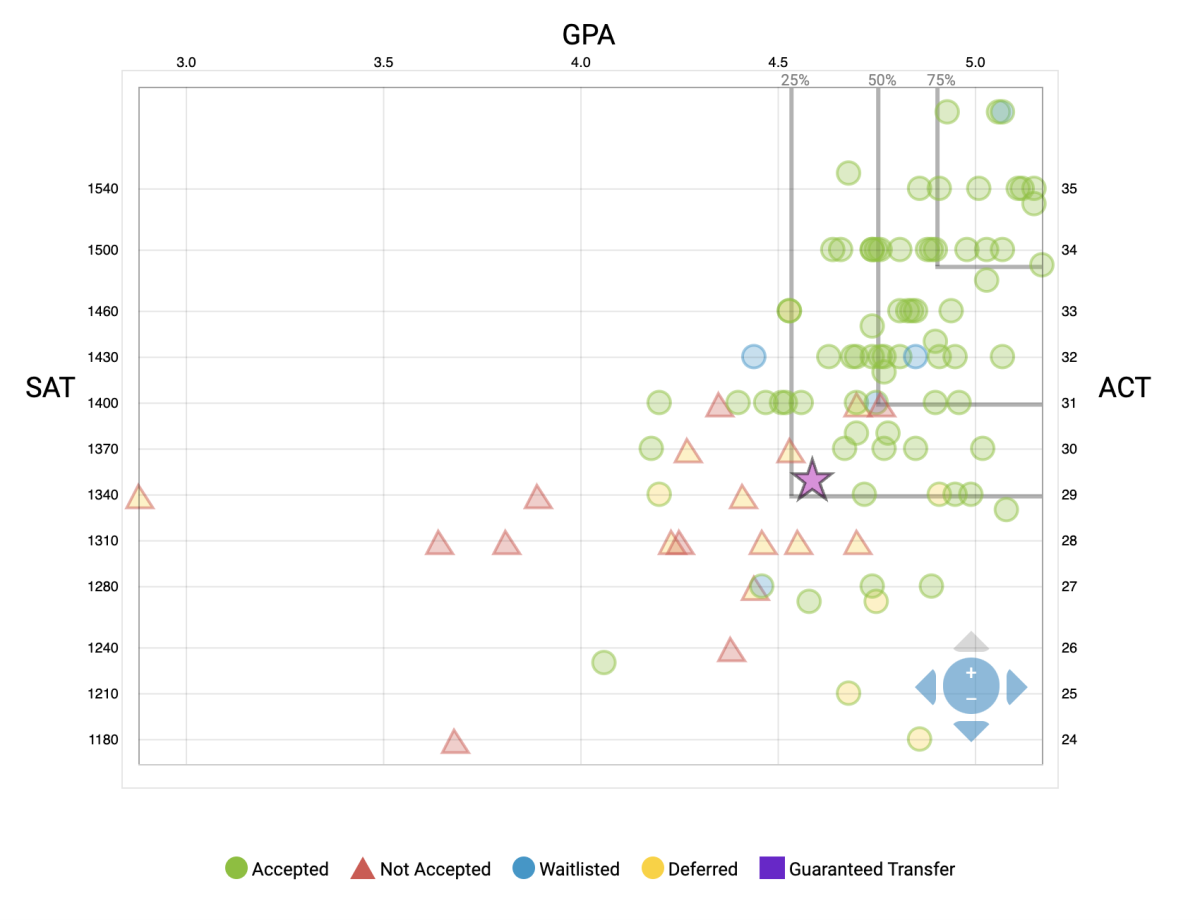



Lyla Furlong • Sep 26, 2024 at 8:26 pm
This is so good Lily! The quotes are so informative!
Mollie Wexler • Sep 18, 2024 at 11:40 am
This is such an interesting article! Great Job, Lily!
Holden Taylor • Sep 18, 2024 at 11:06 am
This was so good! Very informative! Those sisters know what they’re talking about!
Eshaal Hassan • Sep 17, 2024 at 8:52 pm
This article is so informative, Lily! It’s a real eye opener for us as we navigate the admissions process.
Wallis Rogin • Sep 17, 2024 at 8:46 pm
Lily, amazing work on this article! I love that you are talking about this topic and making college seem a little less daunting for students.
Ruba Elabiad • Sep 17, 2024 at 7:05 pm
This article is great. I was really into it!
Eve Pai • Sep 17, 2024 at 6:55 pm
I loved reading this article! It was so informative and it also makes me feel a lot better about acceptance rates!
Kate Wolfkill • Sep 17, 2024 at 12:38 pm
This is so interesting and relevant to my life right now!